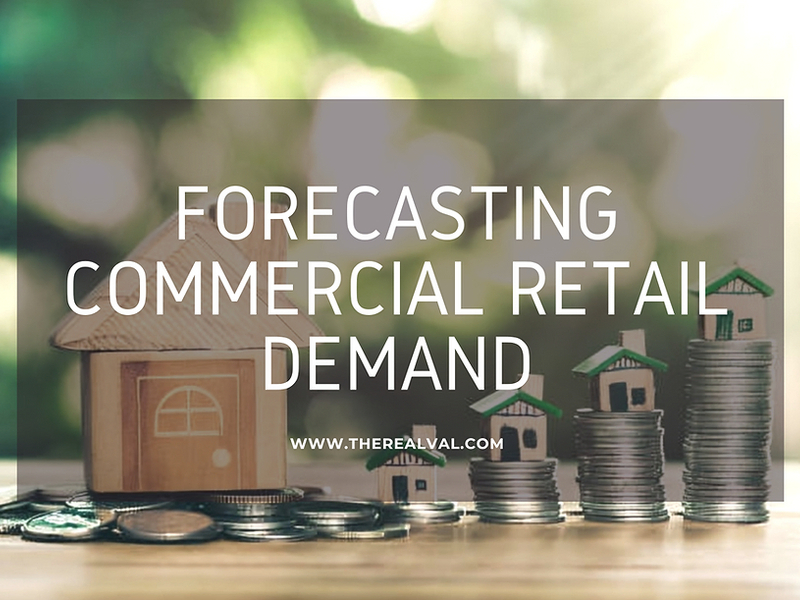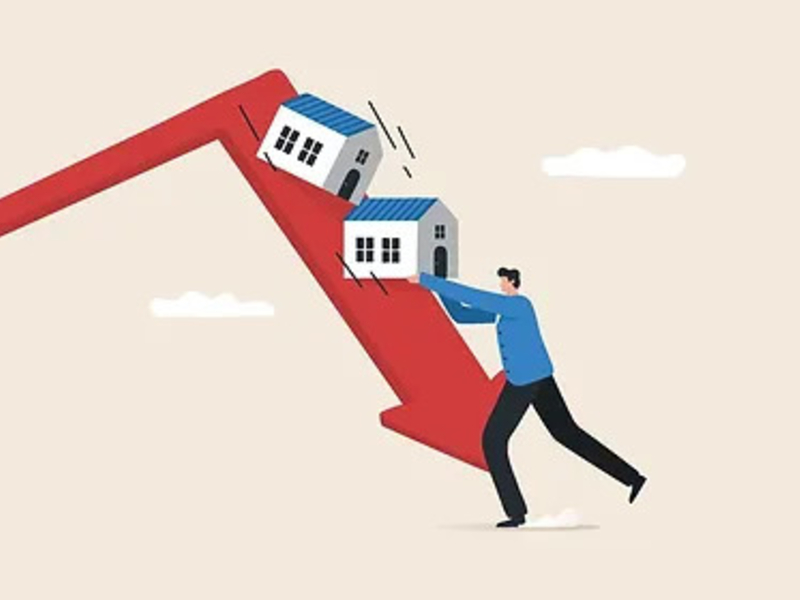Evaluating future demand in the commercial retail area is critical for developers, investors, and enterprises. The retail industry is continually changing, impacted by economic upheavals, customer preferences, technology advancements, and demographic changes. In this dynamic environment, accurate forecasting of future demand emerges as a critical aspect in decision-making.
This article discusses the most effective ways for estimating and analyzing future demand in the commercial retail industry.
Demand Forecasting: What and why?
Demand forecasting entails the art of projecting future sales and anticipating the particular products or services customers will purchase. This intricate process encompasses delving into historical sales data, scrutinizing market trends, and considering various pertinent factors to gain insights into the expected demand for specific products or services over a defined period.
Demand forecasting in commercial retail space offers numerous benefits.
-
Understanding future demand guides investment decisions in commercial retail, assessing profitability and viability.
-
Future demand forecasts estimate rental income potential, impacting cash flow and ROI.
-
Assessing future demand helps gauge market competitiveness, identifying opportunities and avoiding oversaturated areas.
-
Anticipating demand aids in maintaining high occupancy rates and avoiding negative impacts on rental income and property value.
-
Future demand projections influence property valuation, guiding buying and selling decisions.
-
Understanding future demand aids in risk mitigation for commercial retail investments by anticipating market dynamics and developing appropriate risk management strategies.
-
Assessing future demand enables investors to adapt to changes in the retail landscape through diversification and property improvements.
Demand Forecasting: How?
Now that we have established the importance of evaluating future demand, let us proceed to discuss the ways in which we can conduct this evaluation effectively.
1. Market Analysis: Thorough market research is essential for accurately predicting future demand. Exploring demographic data, consumer buying habits, and socioeconomic developments provides essential insights into the aspirations and needs of the target audience. Understanding local population growth, income distributions, and job dynamics allows for more accurate estimates of demand for different retail products.
2. Competitive Analysis: Thoroughly examining the competition landscape is critical for determining market saturation and identifying possible gaps in offers. Examine local retail enterprises' market share, and consumer demographics. Recognizing underrepresented markets or emerging trends might reveal intriguing opportunities for new retail operations.
3. Trend Analysis: This method comprises identifying and projecting trends and oscillations in the demand and supply of commercial assets or markets across time, so anticipating their future trajectory and magnitude. Statistical methodologies such as regression analysis, moving averages, seasonal adjustments, and forecasting models can be used to quantify the relationship between commercial property or market demand and supply, as well as various explanatory factors such as interest rates, inflation, GDP growth, and consumer confidence.
4. Scenario Analysis: This strategy entails developing and evaluating alternative scenarios for the demand and supply of commercial assets or marketplaces while taking into account various assumptions and uncertainties. Using qualitative and quantitative techniques such as SWOT analysis, sensitivity analysis, Monte Carlo simulation, and decision trees, one can assess the likelihood and impact of various events and factors influencing the demand and supply of commercial properties or markets, such as technological advancements, regulatory shifts, environmental concerns, and geopolitical uncertainties.
5. Economic Indicators: Keeping a watch on economic indicators such as GDP growth, unemployment rates, and consumer confidence provides significant insights into the overall state of the economy and its impact on consumer buying patterns. During economic downturns, demand for retail space may decline, but prosperous times tend to drive expansion and investment in commercial real estate.
6. Surveys: Direct interaction with potential consumers via surveys and feedback systems may provide essential information about their preferences, buying habits, and expectations. Understanding consumer preferences for shopping experiences, product selections, and facilities may help guide decision-making processes and customize retail offers to meet changing expectations.
7. Quantitative Methods: Leverage mathematical models and statistical tools like regression analysis, moving averages, and forecasting models to precisely measure the correlation between demand and supply factors.
8. Footfalls & Accessibility: Estimating future demand requires an assessment of foot traffic patterns as well as the accessibility of shop space. Customers are more inclined to visit areas with high foot traffic, and convenient parking. Analyzing traffic, pedestrian numbers, and transit infrastructure helps to assess the prospective demand for retail space in a given region.
What are the factors that influence the demand of Commercial Retail Space?
1. Economic Conditions: The vitality of the economy wields considerable influence. Factors like economic expansion, employment levels, and consumer sentiment directly shape retail expenditure and, consequently, the need for retail premises.
2. Population Growth and Demographics: Escalating populations, particularly in metropolitan zones or regions boasting favorable demographics such as heightened disposable incomes, can fuel the requirement for retail space.
3. Consumer Preferences and Behavior: Shifts in consumer habits, such as the surge in online commerce, the adoption of omnichannel retail strategies, or preferences for immersive shopping experiences impact the necessity for physical retail locations.
4. Location and Accessibility: Premier locations with excellent visibility, accessibility, and proximity to residential zones or transportation hubs typically command heightened demand. Retail spaces situated in areas undergoing gentrification or urban revitalization projects may also witness heightened interest.
5. Regulatory Environment: Zoning ordinances, construction codes, and governmental policies wield influence over the availability of retail space and shape demand. It's crucial for investors to remain abreast of any regulatory shifts that could impact their investments.
Assessing future demand in commercial retail requires a multifaceted strategy that combines market research, data analysis, and consumer insights. Using a combination of qualitative and quantitative approaches, stakeholders may make informed decisions and capitalize on new possibilities in the ever-changing retail environment.
Trending





